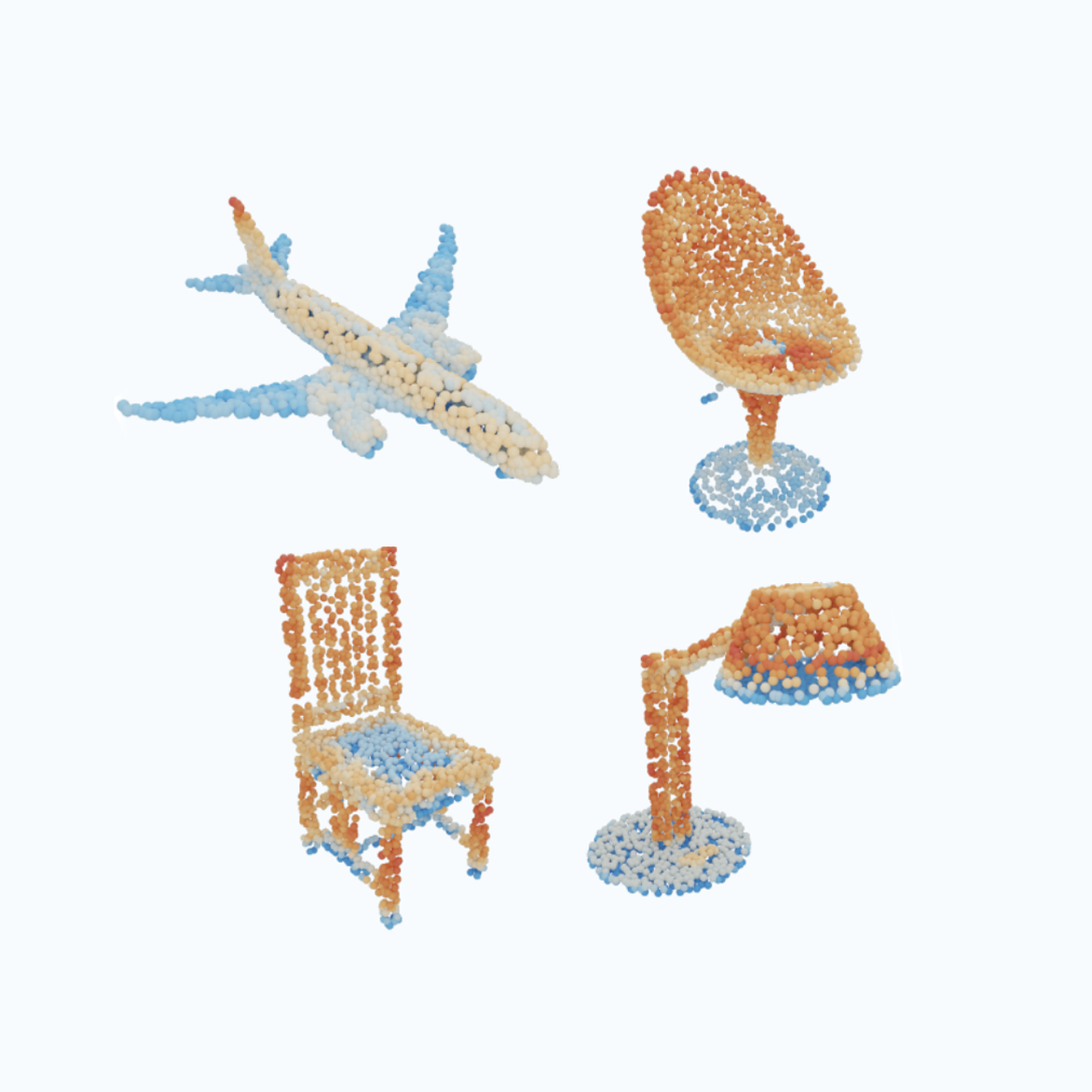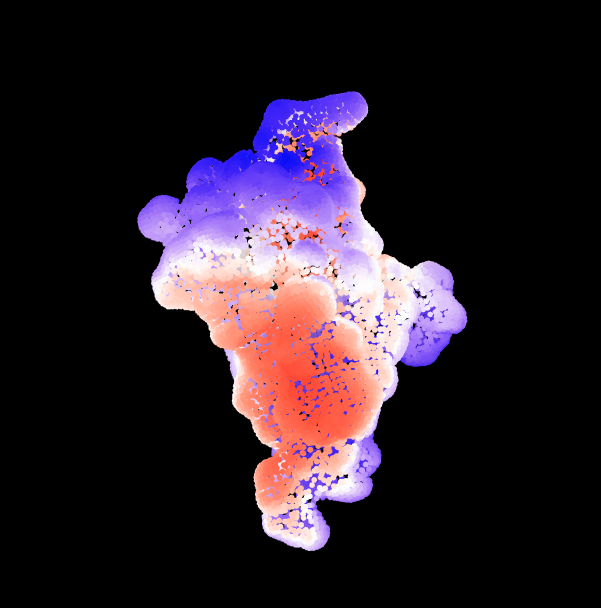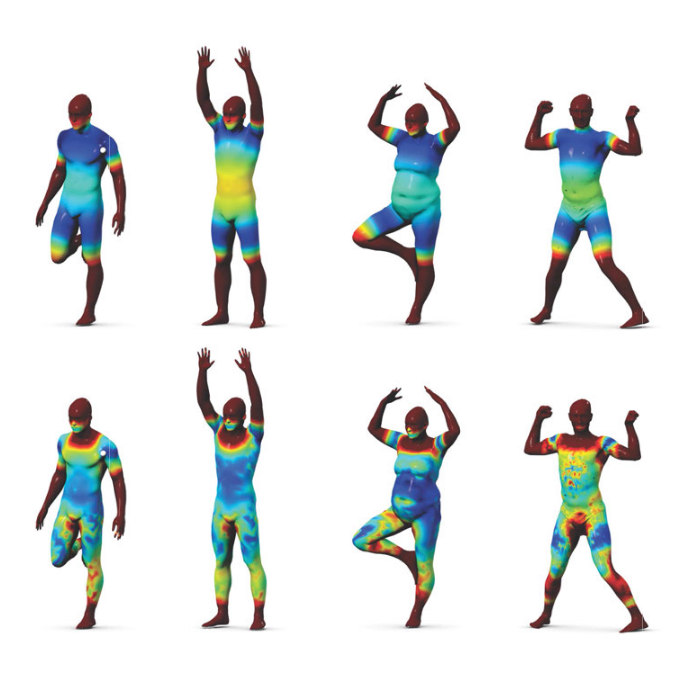publications
Here are some interesting publications for you
2022
-
 Deltaconv: anisotropic operators for geometric deep learning on point cloudsRuben Wiersma , Ahmad Nasikun , Elmar Eisemann , and 1 more authorACM Transactions on Graphics (TOG), 2022
Deltaconv: anisotropic operators for geometric deep learning on point cloudsRuben Wiersma , Ahmad Nasikun , Elmar Eisemann , and 1 more authorACM Transactions on Graphics (TOG), 2022Learning from 3D point-cloud data has rapidly gained momentum, motivated by the success of deep learning on images and the increased availability of 3D data. In this paper, we aim to construct anisotropic convolution layers that work directly on the surface derived from a point cloud. This is challenging because of the lack of a global coordinate system for tangential directions on surfaces. We introduce DeltaConv, a convolution layer that combines geometric operators from vector calculus to enable the construction of anisotropic filters on point clouds. Because these operators are defined on scalar- and vector-fields, we separate the network into a scalar- and a vector-stream, which are connected by the operators. The vector stream enables the network to explicitly represent, evaluate, and process directional information. Our convolutions are robust and simple to implement and match or improve on state-of-the-art approaches on several benchmarks, while also speeding up training and inference.
@article{wiersma2022deltaconv, title = {Deltaconv: anisotropic operators for geometric deep learning on point clouds}, author = {Wiersma, Ruben and Nasikun, Ahmad and Eisemann, Elmar and Hildebrandt, Klaus}, journal = {ACM Transactions on Graphics (TOG)}, volume = {41}, number = {4}, pages = {1--10}, year = {2022}, publisher = {ACM New York, NY, USA}, }
2021
-
 Fast end-to-end learning on protein surfacesFreyr Sverrisson , Jean Feydy , Bruno E Correia , and 1 more author2021
Fast end-to-end learning on protein surfacesFreyr Sverrisson , Jean Feydy , Bruno E Correia , and 1 more author2021Proteins’ biological functions are defined by the geometric and chemical structure of their 3D molecular surfaces. Recent works have shown that geometric deep learning can be used on mesh-based representations of proteins to identify potential functional sites, such as binding targets for potential drugs. Unfortunately though, the use of meshes as the underlying representation for protein structure has multiple drawbacks including the need to pre-compute the input features and mesh connectivities. This becomes a bottleneck for many important tasks in protein science.In this paper, we present a new framework for deep learning on protein structures that addresses these limitations. Among the key advantages of our method are the computation and sampling of the molecular surface on-the-fly from the underlying atomic point cloud and a novel efficient geometric convolutional layer. As a result, we are able to process large collections of proteins in an end-to-end fashion, taking as the sole input the raw 3D coordinates and chemical types of their atoms, eliminating the need for any hand-crafted pre-computed features.To showcase the performance of our approach, we test it on two tasks in the field of protein structural bioinformatics: the identification of interaction sites and the prediction of protein-protein interactions. On both tasks, we achieve state-of-the-art performance with much faster run times and fewer parameters than previous models. These results will considerably ease the deployment of deep learning methods in protein science and open the door for end-to-end differentiable approaches in protein modeling tasks such as function prediction and design.
@article{sverrisson2021fast, title = {Fast end-to-end learning on protein surfaces}, author = {Sverrisson, Freyr and Feydy, Jean and Correia, Bruno E and Bronstein, Michael M}, booktitle = {Proceedings of the IEEE/CVF Conference on Computer Vision and Pattern Recognition}, pages = {15272--15281}, year = {2021}, }
2015
-
 Geodesic convolutional neural networks on riemannian manifoldsJonathan Masci , Davide Boscaini , Michael Bronstein , and 1 more author2015
Geodesic convolutional neural networks on riemannian manifoldsJonathan Masci , Davide Boscaini , Michael Bronstein , and 1 more author2015Feature descriptors play a crucial role in a wide range of geometry analysis and processing applications, including shape correspondence, retrieval, and segmentation. In this paper, we introduce Geodesic Convolutional Neural Networks (GCNN), a generalization of the convolutional networks (CNN) paradigm to non-Euclidean manifolds. Our construction is based on a local geodesic system of polar coordinates to extract "patches", which are then passed through a cascade of filters and linear and non-linear operators. The coefficients of the filters and linear combination weights are optimization variables that are learned to minimize a task-specific cost function. We use GCNN to learn invariant shape features, allowing to achieve state-of-the-art performance in problems such as shape description, retrieval, and correspondence.
@article{masci2015geodesic, title = {Geodesic convolutional neural networks on riemannian manifolds}, author = {Masci, Jonathan and Boscaini, Davide and Bronstein, Michael and Vandergheynst, Pierre}, booktitle = {Proceedings of the IEEE international conference on computer vision workshops}, pages = {37--45}, year = {2015}, }